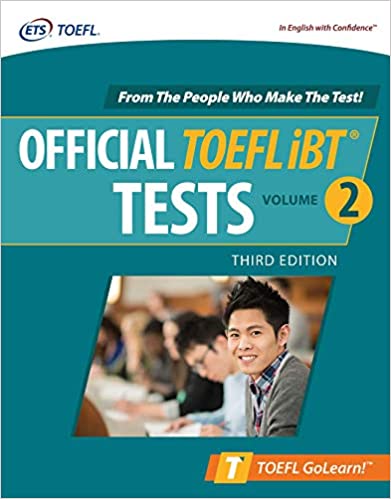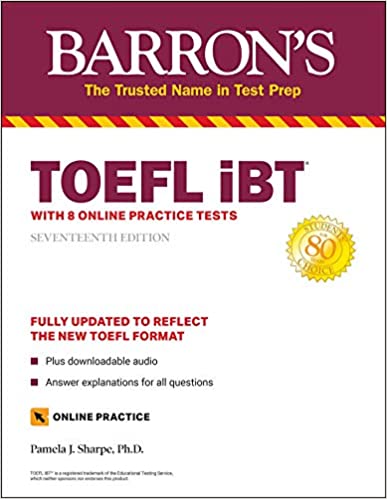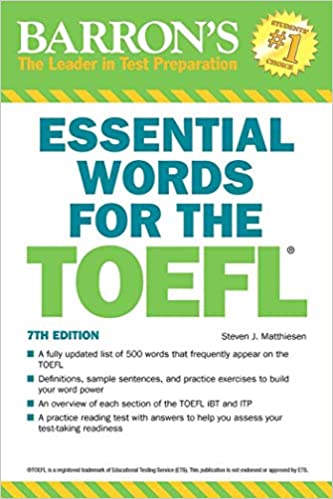This post is for all of you Magooshers who speak Japanese, either as a first or second language. If you already know Japanese and need to take an English proficiency exam, the Step Eiken may be a good exam for you to take. This is especially true if you’re considering English language study in Japan. (Japanese universities actually offer a lot of English language degree courses for international students.) But many American universities accept the Eiken, too!
Who can take the Step Eiken?
In theory, anyone who needs to prove their English ability can take the Step Eiken. But in practice, you’ll probably need to know some Japanese in order to take the exam. The registration page and the instructions in the test booklets are in Japanese. Additionally, the test is only administered in Japan, London, Los Angeles, and New York— so that may limit your ability to take the test, depending on where you live.
How is the Step Eiken scored?
The Step Eiken is scored very differently than other standardized tests. There are actually 5 different Step Eiken exams: the Eikens 1, pre-1, 2, pre-2, 3, 4, and 5. Each exam has a different difficulty level, with Eiken 1 being the hardest, and Eiken 5 being the easiest. Most universities ask for a 2A score on the Eiken— this means that to get into an English language degree program, you’ll need to score 75% or higher on the Eiken 2.
What are the advantages of taking the Step Eiken?
If you’re a native Japanese speaker or are more comfortable with the Japanese language than with English, the use of Japanese in the Step Eiken instructions can give you a lot of confidence— less anxiety often means better test performance. And you’ll focus just on the questions, without having to work to comprehend exam directions.
Additionally, the Step Eiken is easier in some ways than the TOEFL. A 75% on the Eiken 2 is considered to be equivalent to a 61 on the TOEFL. However, the reading in the Step Eiken 2 exam book uses simpler vocabulary and sentence structure compared to the TOEFL. If vocabulary, grammar, and reading comprehension are especially challenging for you, there are definite advantages to taking the Eiken.
Also, many universities take a holistic approach when they look at your admissions application. That means they look at everything you’ve done, including other exams you’ve taken. So demonstrating that you’ve done well on both the TOEFL and the Eiken can increase your chances of acceptance into some programs. Contact the universities you’re considering to see if a good Eiken score can work in your favor.
Finally, the Eiken is used as a form of professional certification in Japan. If you live in Japan or you hope to move there someday, a good Eiken score can open help you get work, especially with international companies and government agencies.
What are the disadvantages of taking the Step Eiken?
The Step Eiken is accepted at 350 universities in the US and Canada, however it is not nearly as widely-accepted as the TOEFL, which is accepted at around 9,000. If you’re planning to apply to top universities in the US, you will be better off taking the TOEFL.






Leave a Reply